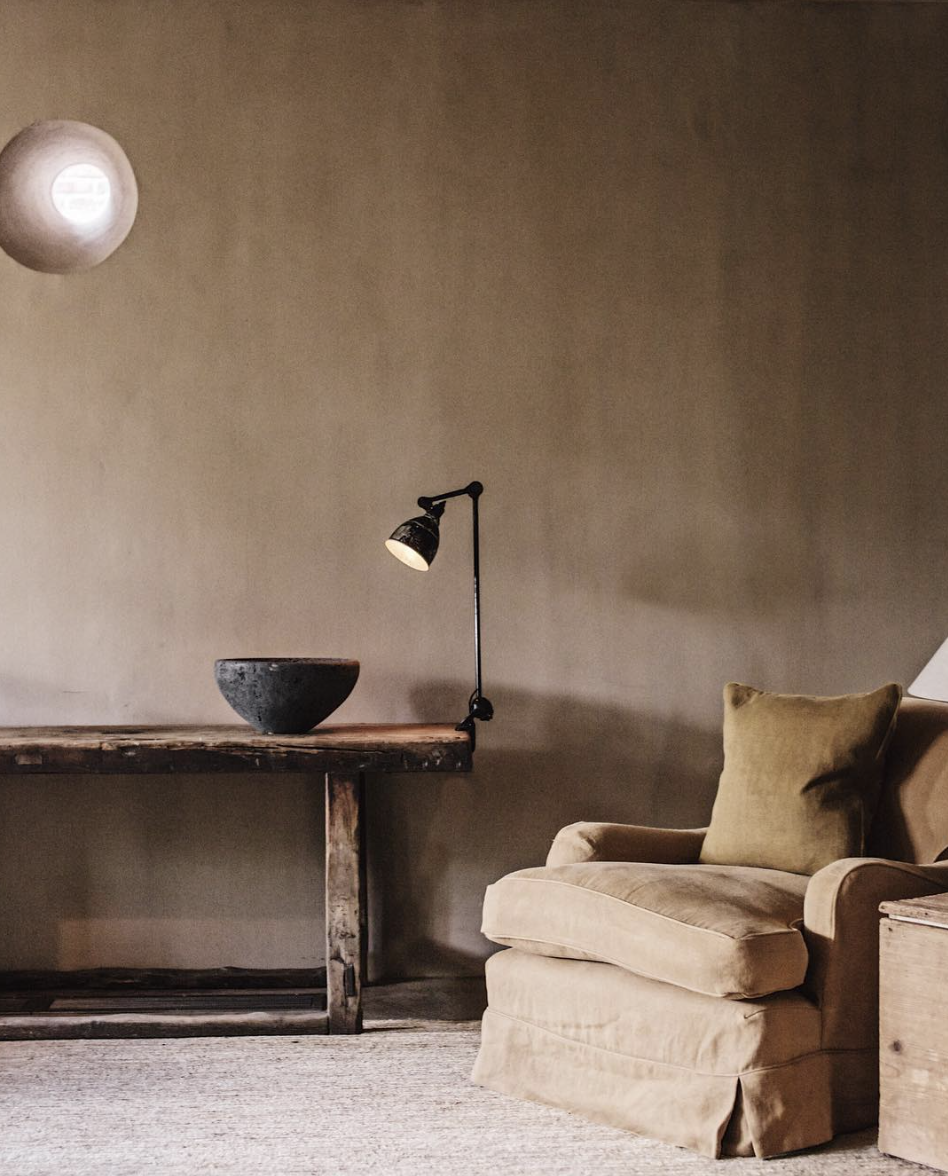I am drawn to Brutalist design for its distinctive and unapologetic expression of raw materials and bold, practical forms. Starting in the mid-20th century, Brutalism began as a reaction to the modernist ideals of the time, emphasizing honesty in construction and functionality [1]. The movement is characterized by the prominent use of exposed concrete, steel, and glass, highlighting different textures and finishes. Brutalist architecture often features massive, monolithic structures with simple geometric shapes, avoiding unnecessary ornamentation. The aesthetic is not for everyone, often evoking strong reactions, but I like its boldness and the way it prioritizes the practicality of design over conventional notions of beauty.

Pirelli Building, New Heaven, Connecticut
The term “raw” in Brutalist design refers to the honesty and authenticity of the materials used, celebrating the natural state of construction without concealing or polishing surfaces. This approach not only creates a distinct visual language, but also communicates a sense of strength, durability, and a straightforward dedication to practicality in product design [2].

Trapeze Light by Koen Van Guijze
I think following a Brutalist aesthetic will be a great choice for my final project, a kitchen utensil with moving parts designed to protect users from grease splatter or boiling water. The raw and utilitarian nature of Brutalism aligns seamlessly with the functional purpose of a kitchen tool. In the context of a prototype, the Brutalist aesthetic can highlight the focus on functionality instead of superficial beauty. The raw appearance of the utensil would underscore the real beauty of the design – that it effectively serves its purpose in the kitchen, highlighting its function. This approach can create a visually impactful prototype that communicates the tool’s effectiveness and practicality, emphasizing the utilitarian aspect of the design rather than aesthetic embellishments.

“Bench” Bronze Knife-Rest by Valentina Romen
References
[1] Moran, Kate. “Brutalism and Antidesign.” Nielsen Norman Group, 30 Apr. 2020, www.nngroup.com/articles/brutalism-antidesign/.
[2] Bustamante, Lucia. “Brutalist ‘Raw’ Design, the New Beauty.” Medium, Medium, 28 Mar. 2017, luciabustamante.medium.com/brutalist-raw-design-the-new-trend-213fe2d2bdc1#:~:text=Raw%20Design%2C%20seeks%20to%20generate,them%20look%20nice%20and%20clean.
Images
Featured: “R&J on Instagram: ‘Manicured Brutalism.’” Instagram, www.instagram.com/p/BUScbvMDBzV/?utm_source=ig_share_sheet&igshid=1bc4m1oqxtfb7. Accessed 27 Feb. 2024.
[1] https://www.atlasobscura.com/places/pirelli-building
[2] “Trapeze Light by Koen Van Guijze.” ADORNO DESIGN, adorno.design/pieces/trapeze/. Accessed 27 Feb. 2024.
[3]“‘bench’ Bronze Knife-Rest by Valentina Romen.” ADORNO DESIGN, adorno.design/pieces/bench-knife-rest/. Accessed 27 Feb. 2024.


2 Comments. Leave new
Hi Ari. I think that this is a great idea for a project. Something as practical as it will be thoughtful. I know materials like concrete tend to not be super sanitary because of their porous nature, so how will you combat that for a food setting?
Ari, great post. I appreciate the amount of thought you’ve put into your proposal, especially your consideration of why the aesthetic and the artifact you’re making fit together so well. It’s clear that conceptually, your project is pretty well planned out. Since you already have an idea of what you’re making, I’d like to know a bit more about the technical details – what materials are you going to be using? What will your construction process look like?